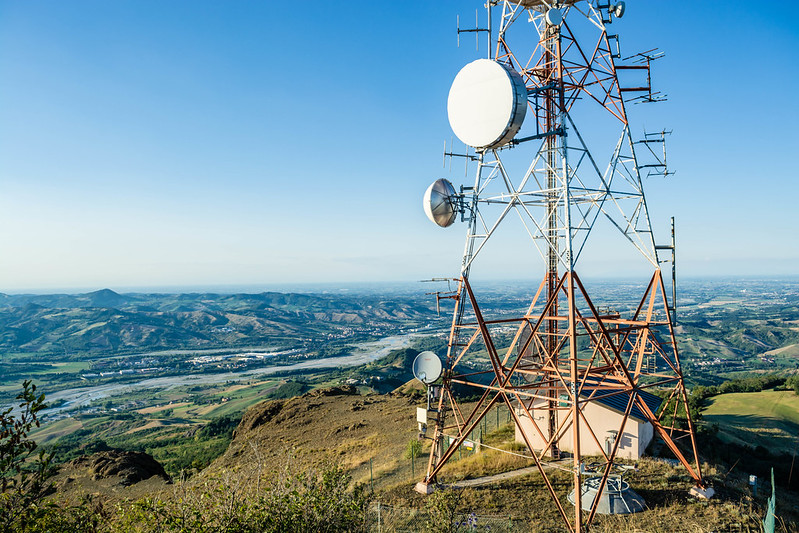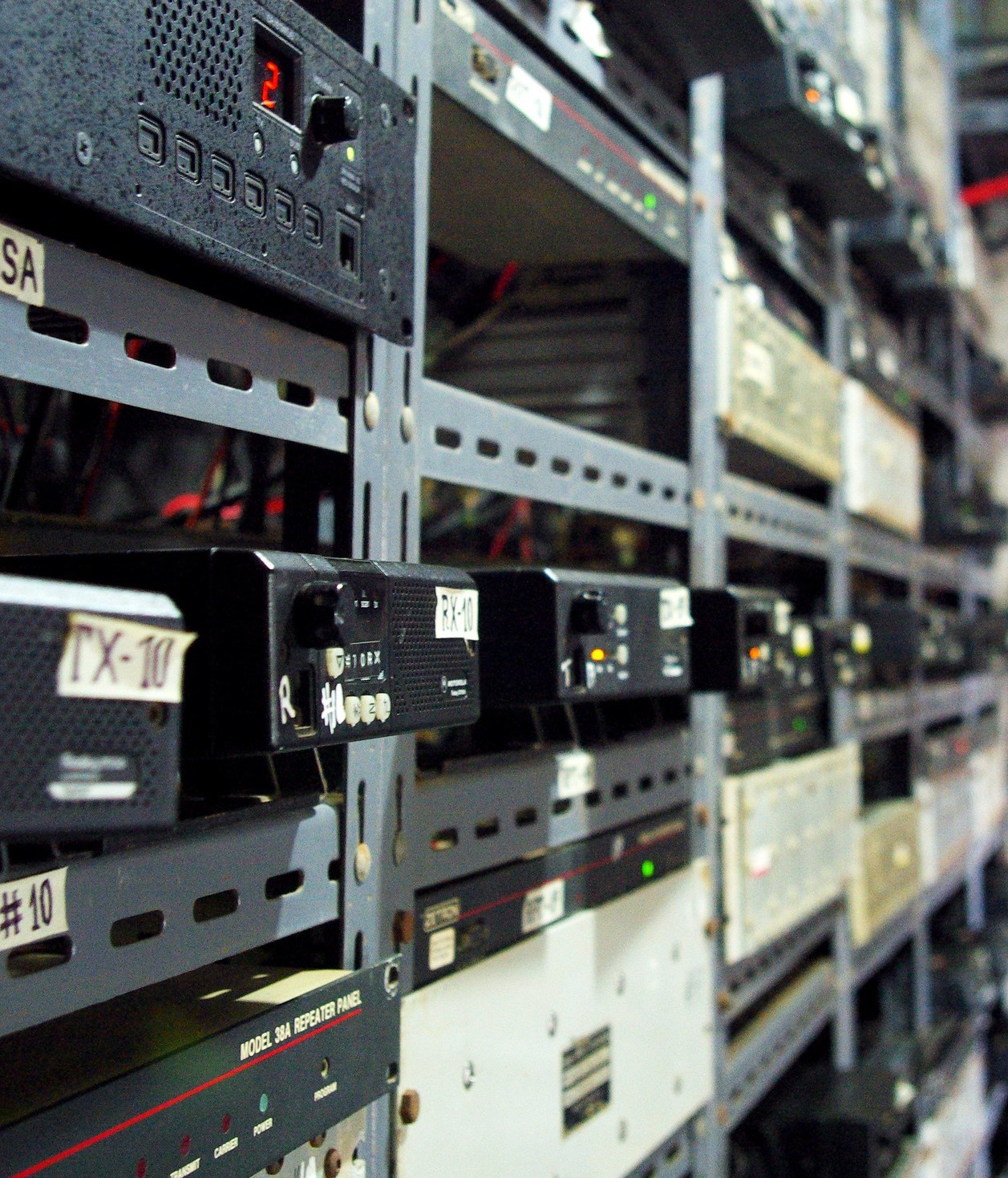At the first sight the radio repeater looks like a magical box. How does this magic work? What are radio repeaters? How many types of them are there? We will answer these all questions that have been asked about the mysterious repeaters in this blog post.

What is a radio Repeater?
A radio repeater is a device that receives radio signals on one frequency and retransmits in another in order to extend the range of coverage beyond what is normally possible when using only one transceiver. It’s called “repeating” because it’s repeating the transmission over again. The term “radio” implies an audio or data connection, but can also be used for any type of signal such as TV, GSM, GPS, etc.
There are two main parts to a repeater system. The first is the “repeater station” which consists of transmitters, receivers and antennas that communicate with your mobile phone or other device. This equipment can be located either in one central location where it connects directly to an Internet backbone through fiber-optic cables, or spread out over several remote locations using radio links between each so as to ensure full coverage even if some links fail due to bad weather conditions.
The second part is known as the “base station controller”, abbreviated BSC in GSM networks for example (or RNC when used within UMTS/LTE networks) and simply controls all traffic routing into and from the core network by managing handovers between cells.
What are the Radio Repeaters used for?
Repeaters are usually located on hilltops or tall buildings with line-of-sight (LoS) to the locations they want to cover. The signals received by antennas connected to a repeater’s receiver are processed and then re-transmitted using a second set of antennas which have been placed so as to ensure LoS coverage.
For example, if you live in an area surrounded by high hills that prevent radio signals from being transmitted over long distances you would probably need at least one repeater’s help to be able reach another location just few miles away.
Main types of Radio Repeaters
There are three main types of repeaters:
- passive,
- active,
- repeater-translators.
Passive repeaters simply amplify the signal, but don’t have their own transmitter or receiver. Their signals are then fed into an amplifier which increases the power output before being sent to another antenna for retransmission. These passive devices require no external energy source since they do not produce any transmission themselves, thus making them completely independent from other stations in terms of operation. They can be used both indoors and outdoors depending on the installation factors – either connected directly to a building wire network via Ethernet cabling or mounted outside with antennas attached through coaxial cables.
Active repeaters include their own radio equipment and can thus both receive and transmit signals. They usually require a power source (usually mains) but also come with an independent back-up system which provides emergency operation should the primary one fail for any reason.
Repeater-translator is different from a simple translator in that it can not only re-broadcast signals, but also allow you to make calls just as if your phone was using the same frequencies of your carrier’s network. This allows improved coverage since both the caller and receiver use two completely separated bands at once – one for receiving/terminating calls within its own set of antennas (i.e. local station) and another for accessing to any other subscriber outside the range. It performs either direct radio contact or by routing callers onto an existing connection with cellular infrastructure equipment such as towers or masts.
Currently there are more than 100 full service providers around the world offering this type of technology.
How large is the Radio Repeater?
Repeaters come in different sizes and shapes depending on their purpose, but all of them are rather large since they include not only the radio equipment itself but also a power source, antennas and additional backup systems.
The smallest repeater units usually measure roughly 50 x 30 x 15cm and weigh around one kilo with external antennas attached – these can be easily installed anywhere indoors or outdoors without taking up too much space. Larger ones may require more than two cabinets for housing everything needed to operate properly as well as appearance allowances such as custom paint jobs that match existing architecture or surrounding landscape. Large scale repeater stations might cover several thousands of square meters instead requiring an entire building’s worth of floor space.

No more mystery about the Radio Repeaters!
We hope you’ve found today’s post informative and the mystery of the radio repeaters is a bit dispelled. We hope y knowing how do the radio repeaters work, what do they consist of and why they are used will be helpful for your hobby, business or project idea. If you have any questions about what we discussed in our blog, feel free to reach us anytime.
